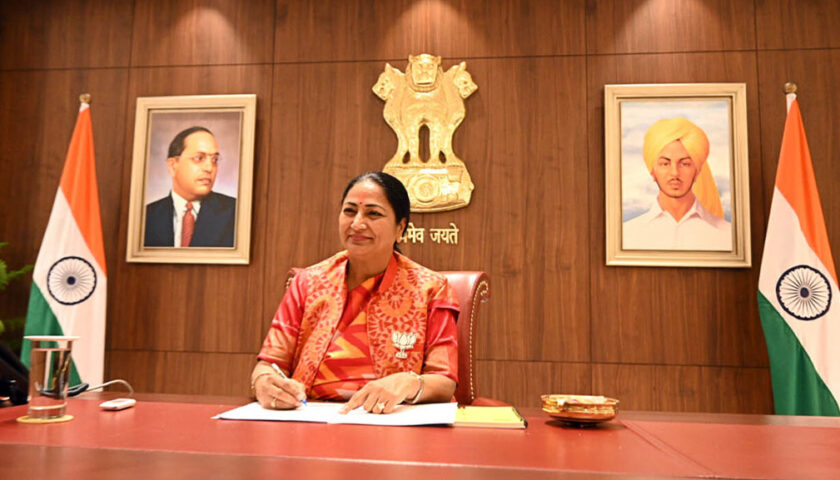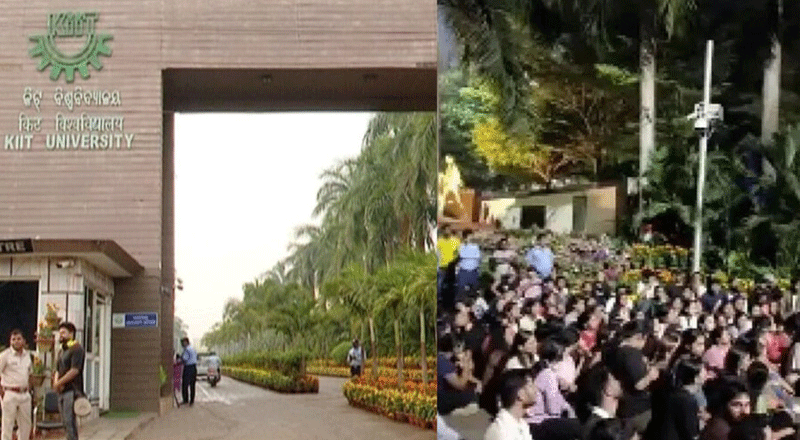A Surge in Hoax Threats Across Delhi and Beyond
In recent months, India has witnessed a sharp rise in bomb threat hoaxes, causing widespread panic and disruption. Delhi, in particular, has become a focal point for these threats, with schools, malls, hospitals, and even airports and airlines falling victim to false alarms. The growing trend of such threats not only disrupts daily life but also poses a significant challenge to security agencies and incurs economic losses.
The latest series of bomb hoaxes has struck a nerve across the country, with aviation and educational institutions being prime targets. From threats to flights to schools and malls, the rise in these hoaxes is leading to increased anxiety and operational challenges.
Aviation Sector Hit by a Wave of Bomb Threats
The aviation sector in India has been severely affected by bomb hoaxes, leading to widespread delays, diversions, and enhanced security checks. Over the past 48 hours alone, 10 flights have received bomb threats, with seven of these occurring on a single day. Flights from major airlines, including Air India, SpiceJet, IndiGo, and Akasa Air, were impacted, with authorities scrambling to ensure the safety of passengers and aircraft.
On October 16, the Ministry of Civil Aviation called for a high-level meeting to address the alarming rise in bomb hoax threats targeting the aviation sector. One of the most significant incidents involved an Air India flight (AI 127) from Delhi to Chicago, which had to make an emergency landing at Iqaluit Airport in Canada after receiving a bomb threat. Passengers were subjected to re-screening, and security protocols were enforced before the flight could resume its journey.
In another incident, Singapore scrambled two fighter jets to escort an Air India Express flight (IX 684) from Madurai to Singapore after a bomb threat was received via email. The plane landed safely at Changi Airport, but not before causing significant anxiety and operational disruptions.
The threats, which were posted on social media by a now-suspended account, @schizobomber777, led to immediate diversions and delays for several other flights. The airlines affected included Air India, SpiceJet, IndiGo, and Akasa Air, with planes being diverted to cities like Jaipur and held at airports for several hours for thorough security checks.
Hoax Threats Beyond the Aviation Sector
While the aviation sector has been the most high-profile target of bomb threats, the issue extends far beyond flights. In recent months, several other institutions, including schools, hospitals, malls, and public spaces, have received bomb hoaxes, causing widespread disruption.
For instance, in August, Summer Fields School in Delhi received an email warning of a bomb on the premises, prompting an immediate evacuation. It later emerged that the threat was made by a 14-year-old student attempting to avoid attending school.
Later that month, multiple malls and hospitals in Delhi, including prominent locations such as Select Citywalk, Ambience Mall, and Primus Hospital, received bomb threats. These false alarms forced authorities to evacuate buildings and conduct extensive searches, which ultimately revealed the threats to be hoaxes. The panic, however, resulted in significant disruption to businesses and services.
Bomb Hoaxes: A Growing National Concern
The year 2024 has seen a steady rise in bomb hoaxes across the country, with Delhi being one of the most frequent targets. In May, a staggering 131 schools in Delhi received bomb threat emails. While authorities swiftly responded to ensure public safety, the hoaxes caused panic and resulted in significant economic and emotional distress.
The wave of bomb threats soon spread beyond Delhi. In Mumbai, police were alerted to bomb threats targeting iconic locations like the Taj Hotel and Chhatrapati Shivaji Maharaj International Airport. After thorough investigations, the authorities concluded that no explosives were found, and the threats were false alarms.
Ahmedabad also became a target, with 14 schools receiving bomb threats via email during the Lok Sabha elections. The timing of these hoaxes led to speculation that they were intended to disrupt the voting process.
Economic Impact and Security Concerns
The rise in bomb hoax threats is not only causing fear and uncertainty but also leading to considerable financial losses. The aviation sector, in particular, bears a significant portion of these costs. Delays, diversions, and emergency landings result in lost revenue, increased fuel consumption, and operational inefficiencies. Airports and airlines are forced to implement enhanced security protocols, which can disrupt the schedules of hundreds of passengers.
The impact on schools, malls, and hospitals is similarly profound. In the case of educational institutions, evacuations disrupt learning, while the closure of malls and hospitals due to bomb scares can lead to significant revenue loss. Furthermore, the increased frequency of such threats stretches the resources of security agencies, which must respond to each case with utmost seriousness.
Challenges in Investigating Bomb Hoaxes
The surge in bomb hoax threats highlights the evolving nature of cybercrimes in India. Authorities face significant challenges in identifying the perpetrators, as many of these threats are made through anonymous social media accounts or encrypted communication channels. In the case of the threats posted on X (formerly Twitter), the suspended account was linked to multiple hoaxes, but tracking the origin of such threats remains difficult due to the use of encryption and anonymity tools.
Security experts emphasize the need for stronger cybersecurity measures and the development of more sophisticated tools to track and neutralize such threats. While most bomb hoaxes turn out to be false alarms, each threat must be taken seriously due to the potential consequences of an actual attack.
A Call for Greater Vigilance
India is facing a growing menace of bomb hoaxes, which are creating fear and chaos in public life. From flights to schools, the disruptive impact of these false alarms is clear. Authorities must work closely with cybersecurity experts to detect and prevent such threats while ensuring that security protocols are followed rigorously.
At the same time, public awareness campaigns can help reduce panic in the event of a hoax. As the country grapples with this issue, it is crucial to strike a balance between preparedness and resilience in the face of such threats.
(With inputs from agencies)





